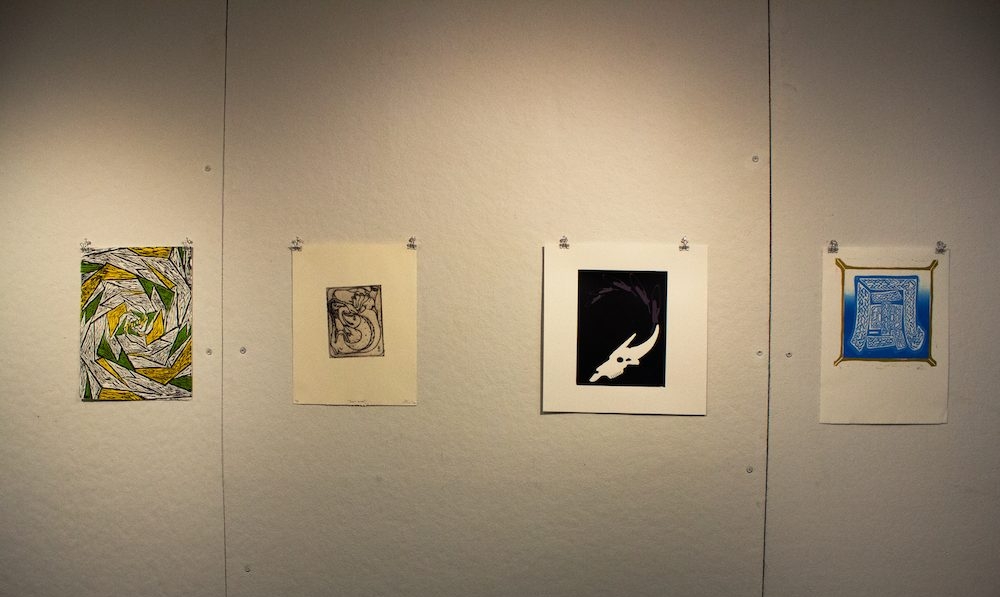The Women’s Center at UMBC is seen as a critical resource on campus to many students, staff and faculty. Within the time span from July 2015 – June 2016, the Women’s Center along with their outside programs and outreach services received 8,642 visits, organized 153 programs and had 126 community members utilize their one-on-one support from the Women’s Center Staff.
Despite servicing such a wide platform, their operating budget as of their 2015–2016 annual report is $1,237.
“After I went from being coordinator to assistant director my pay increase came out of our baseline budget so after that money went away our new baseline budget is $1,237,” explained Megan Tagle Adams, assistant director of the Women’s Center.
The baseline budget, also known as the operating budget, is the funding the Women’s Center receives from the state of Maryland. However, this budget continues to grow smaller as the years go on. Their budget has been slowly decreasing over the past several years with last year’s operating budget at $4,469.
“A lot of it is we’ve never had a huge budget to begin with but when I look back from our archives ten years ago and what not, it was higher and then when there had to be budget cuts they had to get taken from some places,” Adams continued.
“The Women’s Center is very important as is our other offices on campus so it’s some of those hard decisions but there will be year after year of budget cuts so sometimes it was only one percent budget cuts but we have such a small budget and those cuts happen year after year. It’s sort of like the death by a thousand paper cuts… ”
Jess Myers, director of the Women’s Center, said, “I think one of the challenging things about the budget at UMBC in general is that a lot of offices are really struggling financially. So, sometimes I acknowledge that the university has made some really hard decisions.”
“Of course I think that [the Women’s Center is] really important but in the grand scheme of the university there’s lots of people that are really important,” Myers continued.
Housed under academic rather than student affairs, the Women’s Center does not have access to student fees from undergraduate tuition like many other campus resources. They utilize other forms of funding with a heavy reliance on co-sponsorships. Some of their biggest partnerships being the Mosaic Center, ResLife, Off Campus Student Services, the Honors College and the Dean’s Office.
“It’s definitely difficult to provide the programming that we want to provide because we are absolutely depending on co-sponsors. That’s how we’re able to do things like Take Back the Night and Critical Social Justice,” said Adams.
In addition to being vital to funding, programming is dependent on the co-sponsorships as well.
“For example, last year we got over $9000 in co-sponsorships, which is great but we don’t know if we’re going to get those co-sponsorships until we start planning the program. We just really hope they say yes. We can’t plan them ahead because it’s so dependent on what type of co-sponsorships we’ll get.”
They also utilize a GiveCorps page through the Office of Institutional Advancement to raise money for their Returning Women students, as well their 25th anniversary celebration.
“There’s been things that we would love to do but we just can’t and I think the hard thing about it too is not just that we have a small budget but people don’t realize it. The just assume that we have money for things,” Adams continued.
“The significant piece for us is that those [budget] cuts can’t come from our staff … we have to protect the salaries and because our budget’s so tiny most of our budget really is just salary.”
Often, the Women’s Center attempts to come up with ideas to further their budget; however, due to the limitations of their staff budget, funds set aside to pay full-time employees, there are not enough people in positions of power to back the Center.
However, the Women’s Center has had a heavy reliance on a separate funding account, their carry forward funds. For the past six years, the Women’s Center’s carry forward funds have been in use with $12,217 of the funds reported in their 2015–2016 Annual Report.
“It’s been our rainy day fund that we saved. That’s what we’ve been using… and we’ve made it last for a very long time… ” Adams explained.
That fund is expected to run out this year.
Due to this, the Women’s Center foresees a lack of publicity and outreach. However, even if they receive more visitors, increased demand could also become an issue. “We want more people to come here and also we need more money to do the programs to bring them here or to get the staff to meet with them and offer them resources and support,” she continued.
“Sometimes it’s like, what could we be if we just had more money,” said Myers.

